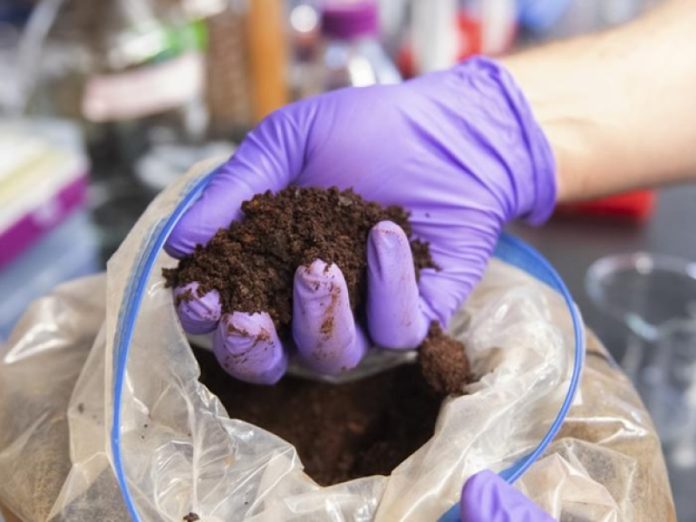
Are you constantly texting on your phone or saving your documents on a hard drive?
Guess what!
You’re using some super cool elements called “rare earths.”
These rare earth elements, including ones called neodymium and dysprosium, are crucial for almost every piece of tech you use.
But, there’s a problem – these elements are tricky to extract and separate from one another. They’re spread out thinly all over the planet and are a hassle to gather.
A bunch of really smart scientists at Penn State have found a new, innovative way to tackle this problem, and it’s all thanks to nature’s own microscopic helpers – bacteria.
Certain bacteria have proteins that can select and bind to specific rare-earth elements.
Imagine these proteins like hands, shaking only with certain rare earths. The scientists have figured out how this ‘molecular handshake’ happens, and this knowledge might help us separate these elements more efficiently.
Now, why is this such a big deal? Well, if we can perfect this method, we could potentially use it for better mining practices, making them greener and more efficient.
It could even help us recycle these elements from old tech, reducing our need to mine new materials.
“Nature seems to have a way to recognize these rare earths and even tell the useful ones from the not-so-useful ones,” said Joseph Cotruvo Jr., a Penn State chemist and the lead author of a study published in the scientific journal, Nature.
He also explains that regardless of where we get these rare earths, from mining or from old devices, separating them is still a challenge. “Our method, though it’s still a theory, could be used wherever these elements are sourced,” Cotruvo said.
So next time you send a text or save a file, remember, there’s a whole world of science behind that simple action!
And thanks to a little bit of bacterial help, we might be able to make that process a whole lot greener.
Follow us on Twitter for more articles about this topic.



